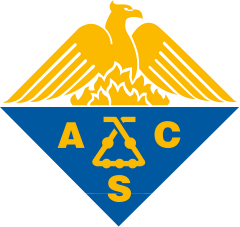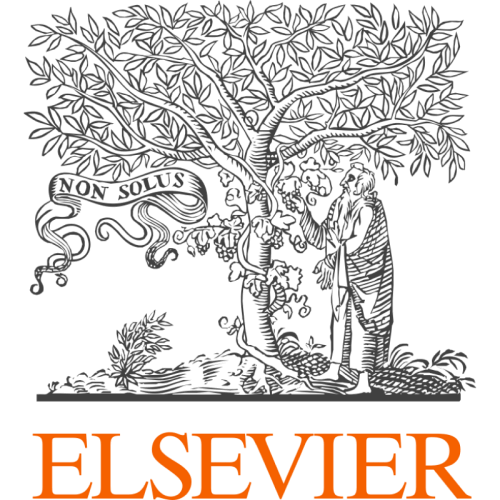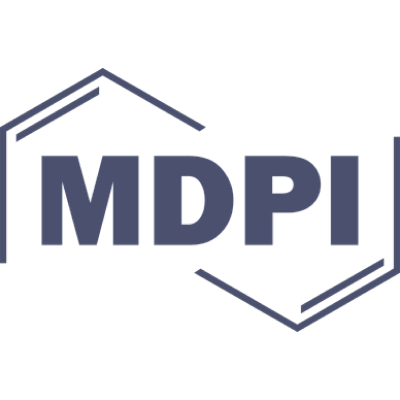Exploiting photoredox catalysis for carbohydrate modification through C–H and C–C bond activation
Publication type: Journal Article
Publication date: 2022-09-21
scimago Q1
wos Q1
SJR: 13.441
CiteScore: 59.4
Impact factor: 51.7
ISSN: 23973358
PubMed ID:
37118094
General Chemistry
General Chemical Engineering
Abstract
Photoredox catalysis has recently emerged as a powerful synthetic platform for accessing complex chemical structures through non-traditional bond disconnection strategies that proceed through free-radical intermediates. Such synthetic strategies have been used for a range of organic transformations; however, in carbohydrate chemistry they have primarily been applied to the generation of oxocarbenium ion intermediates in the ubiquitous glycosylation reaction. In this Review, we present more intricate light-induced synthetic strategies to modify native carbohydrates through homolytic C–H and C–C bond cleavage. These strategies allow access to glycans and glycoconjugates with profoundly altered carbohydrate skeletons, which are challenging to obtain through conventional synthetic means. Carbohydrate derivatives with such structural motifs represent a broad class of natural products integral to numerous biochemical processes and can be found in active pharmaceutical substances. Here we present progress made in C–H and C–C bond activation of carbohydrates through photoredox catalysis, focusing on the operational mechanisms and the scope of the described methodologies. Photoredox catalysis has emerged as an indispensable platform for de novo synthesis and modification of complex biologically relevant molecules. This Review highlights photoredox-mediated C–H and C–C bond activation of carbohydrates leading to non-conventional C-functionalized sugars and rare sugar isomers.
Found
Nothing found, try to update filter.
Found
Nothing found, try to update filter.
Top-30
Journals
|
2
4
6
8
10
|
|
|
Angewandte Chemie - International Edition
10 publications, 14.93%
|
|
|
Angewandte Chemie
10 publications, 14.93%
|
|
|
Organic Chemistry Frontiers
6 publications, 8.96%
|
|
|
Advanced Synthesis and Catalysis
3 publications, 4.48%
|
|
|
Accounts of Chemical Research
3 publications, 4.48%
|
|
|
Chemical Science
3 publications, 4.48%
|
|
|
Organic and Biomolecular Chemistry
2 publications, 2.99%
|
|
|
Synthesis
2 publications, 2.99%
|
|
|
Carbohydrate Research
2 publications, 2.99%
|
|
|
ACS Catalysis
2 publications, 2.99%
|
|
|
Organic Letters
2 publications, 2.99%
|
|
|
Chemical Reviews
1 publication, 1.49%
|
|
|
Journal of Organic Chemistry
1 publication, 1.49%
|
|
|
Molecules
1 publication, 1.49%
|
|
|
Chemical Society Reviews
1 publication, 1.49%
|
|
|
Journal of the American Chemical Society
1 publication, 1.49%
|
|
|
Chem
1 publication, 1.49%
|
|
|
Chem Catalysis
1 publication, 1.49%
|
|
|
Chemical Engineering Journal
1 publication, 1.49%
|
|
|
Molecular Catalysis
1 publication, 1.49%
|
|
|
Science Bulletin
1 publication, 1.49%
|
|
|
Nature Chemistry
1 publication, 1.49%
|
|
|
Inorganic Chemistry Frontiers
1 publication, 1.49%
|
|
|
Nature Communications
1 publication, 1.49%
|
|
|
Fermentation
1 publication, 1.49%
|
|
|
Sustainable Chemistry and Pharmacy
1 publication, 1.49%
|
|
|
Chemical Record
1 publication, 1.49%
|
|
|
Chinese Science Bulletin (Chinese Version)
1 publication, 1.49%
|
|
|
Chemistry - An Asian Journal
1 publication, 1.49%
|
|
|
Chemistry - A European Journal
1 publication, 1.49%
|
|
|
2
4
6
8
10
|
Publishers
|
5
10
15
20
25
30
|
|
|
Wiley
26 publications, 38.81%
|
|
|
Royal Society of Chemistry (RSC)
14 publications, 20.9%
|
|
|
American Chemical Society (ACS)
10 publications, 14.93%
|
|
|
Elsevier
9 publications, 13.43%
|
|
|
Springer Nature
3 publications, 4.48%
|
|
|
MDPI
2 publications, 2.99%
|
|
|
Georg Thieme Verlag KG
2 publications, 2.99%
|
|
|
Science in China Press
1 publication, 1.49%
|
|
|
5
10
15
20
25
30
|
- We do not take into account publications without a DOI.
- Statistics recalculated weekly.
Are you a researcher?
Create a profile to get free access to personal recommendations for colleagues and new articles.
Metrics
67
Total citations:
67
Citations from 2024:
54
(80.6%)
Cite this
GOST |
RIS |
BibTex |
MLA
Cite this
GOST
Copy
Shatskiy A. et al. Exploiting photoredox catalysis for carbohydrate modification through C–H and C–C bond activation // Nature Reviews Chemistry. 2022. Vol. 6. No. 11. pp. 782-805.
GOST all authors (up to 50)
Copy
Shatskiy A., Stepanova E., Kärkäs M. D. Exploiting photoredox catalysis for carbohydrate modification through C–H and C–C bond activation // Nature Reviews Chemistry. 2022. Vol. 6. No. 11. pp. 782-805.
Cite this
RIS
Copy
TY - JOUR
DO - 10.1038/s41570-022-00422-5
UR - https://www.nature.com/articles/s41570-022-00422-5
TI - Exploiting photoredox catalysis for carbohydrate modification through C–H and C–C bond activation
T2 - Nature Reviews Chemistry
AU - Shatskiy, Andrey
AU - Stepanova, Elena
AU - Kärkäs, Markus D
PY - 2022
DA - 2022/09/21
PB - Springer Nature
SP - 782-805
IS - 11
VL - 6
PMID - 37118094
SN - 2397-3358
ER -
Cite this
BibTex (up to 50 authors)
Copy
@article{2022_Shatskiy,
author = {Andrey Shatskiy and Elena Stepanova and Markus D Kärkäs},
title = {Exploiting photoredox catalysis for carbohydrate modification through C–H and C–C bond activation},
journal = {Nature Reviews Chemistry},
year = {2022},
volume = {6},
publisher = {Springer Nature},
month = {sep},
url = {https://www.nature.com/articles/s41570-022-00422-5},
number = {11},
pages = {782--805},
doi = {10.1038/s41570-022-00422-5}
}
Cite this
MLA
Copy
Shatskiy, Andrey, et al. “Exploiting photoredox catalysis for carbohydrate modification through C–H and C–C bond activation.” Nature Reviews Chemistry, vol. 6, no. 11, Sep. 2022, pp. 782-805. https://www.nature.com/articles/s41570-022-00422-5.








